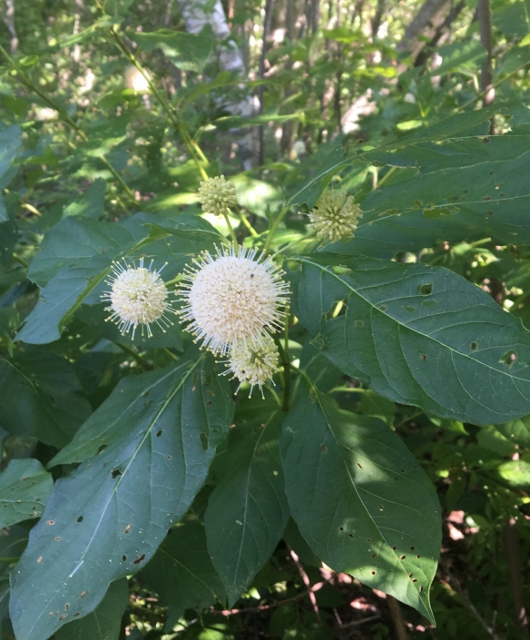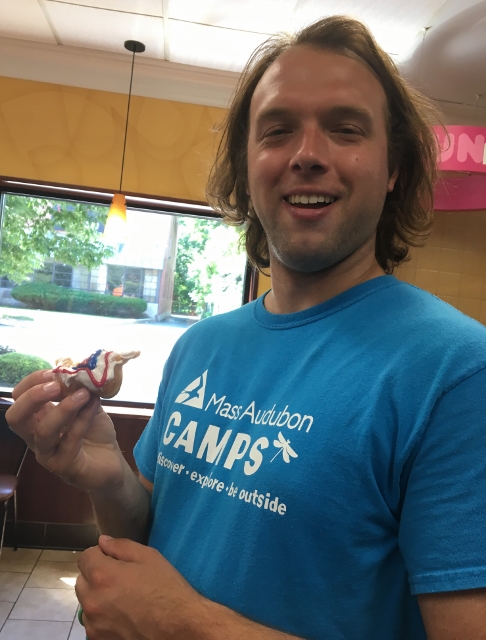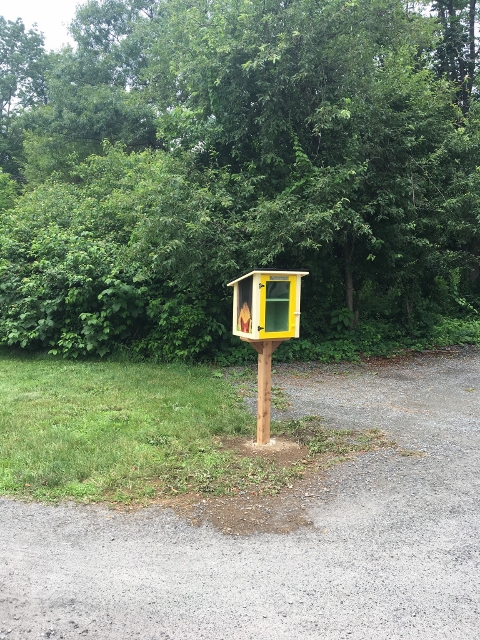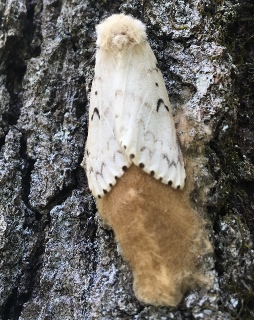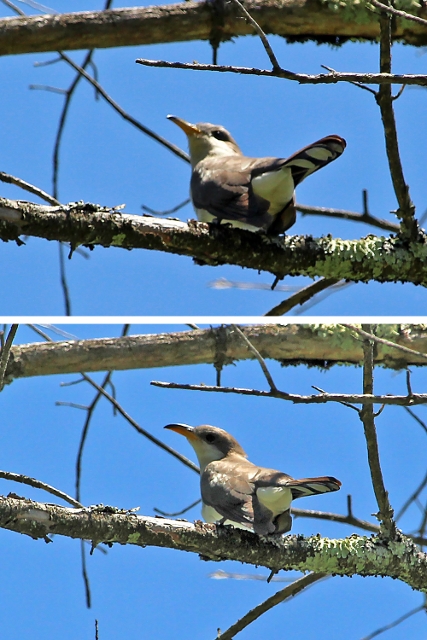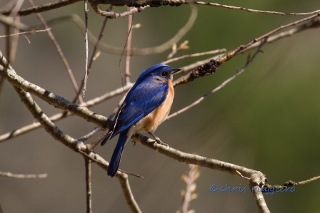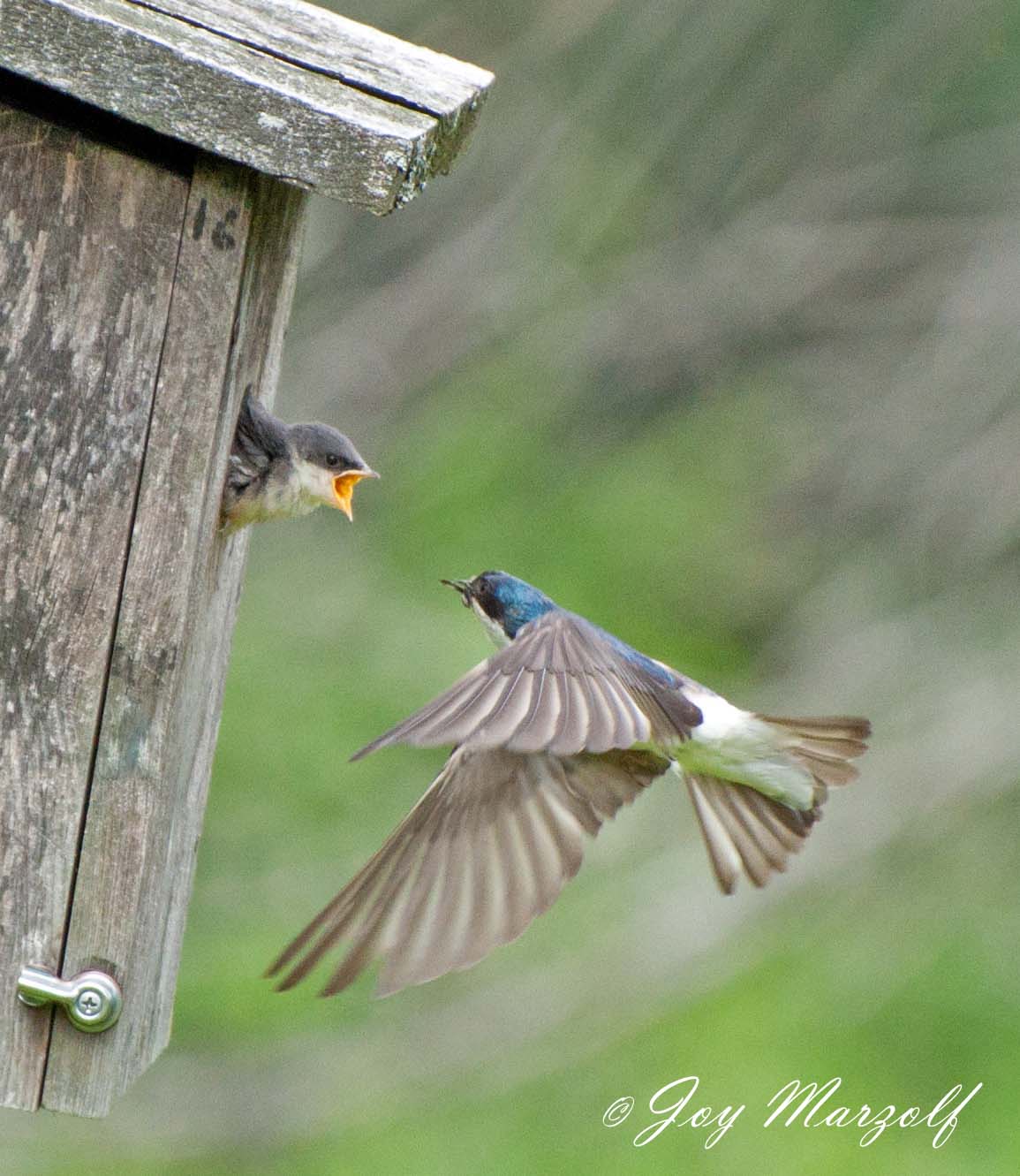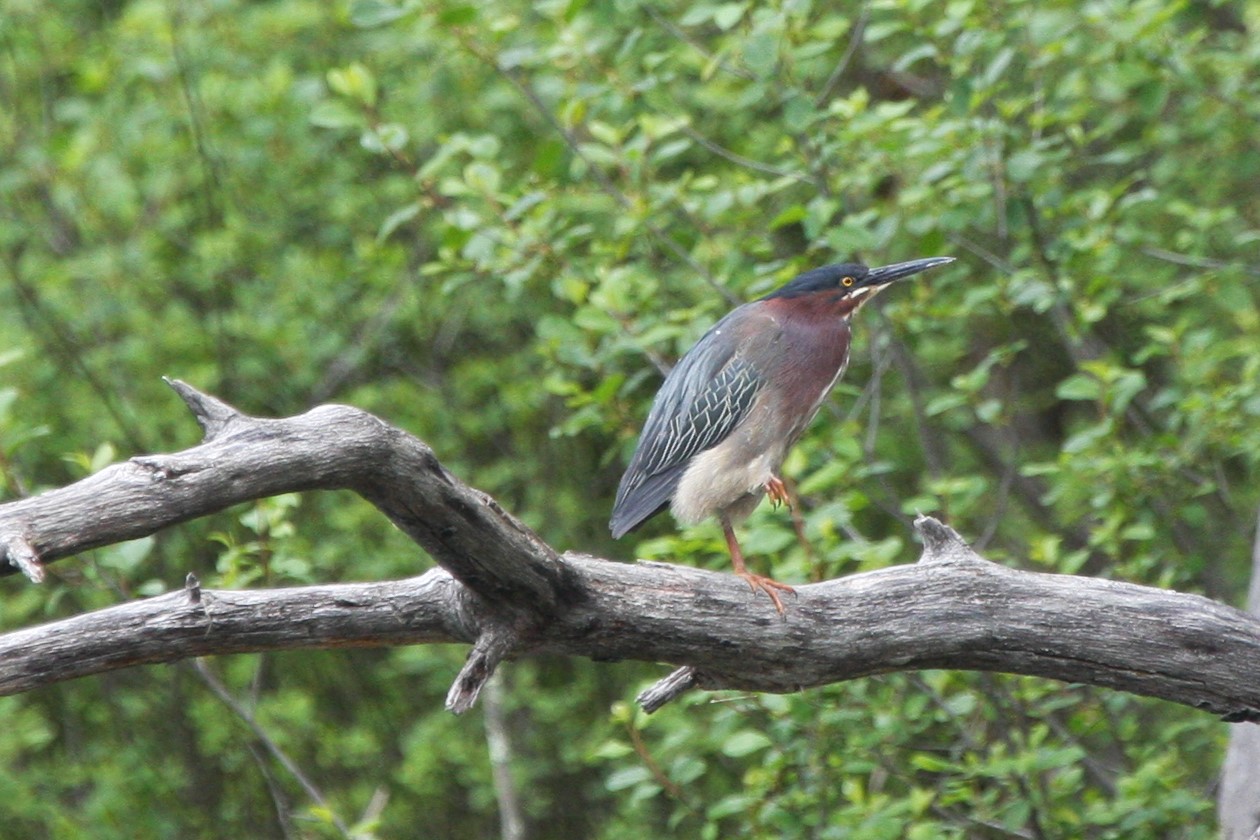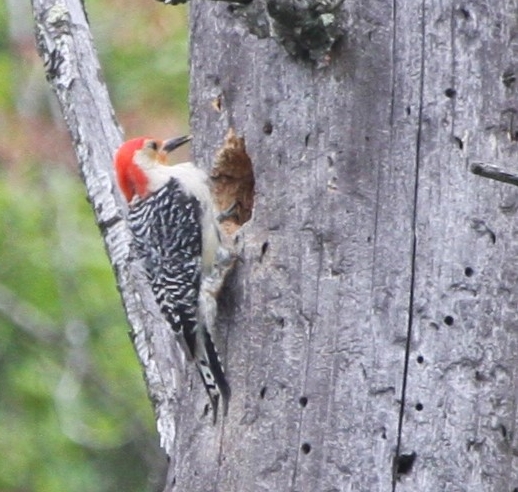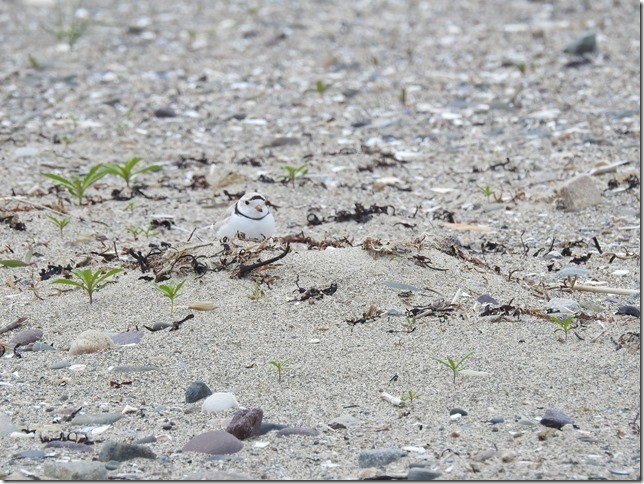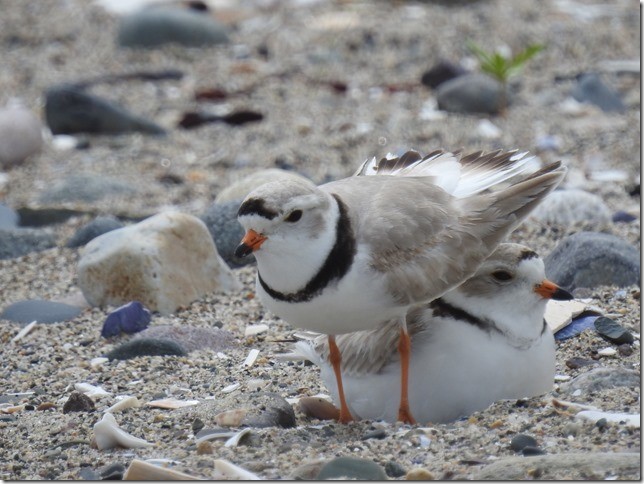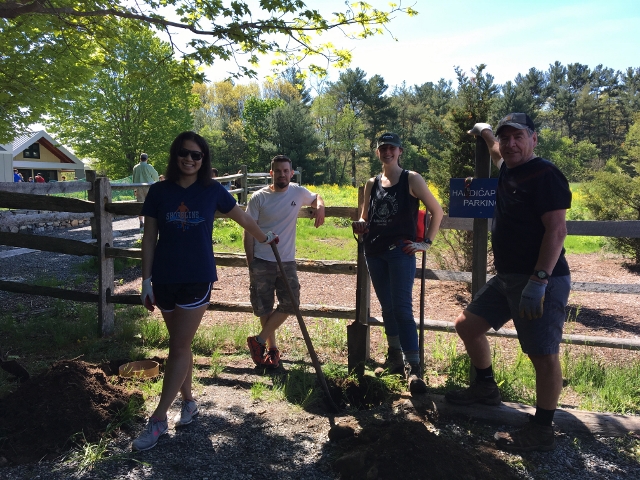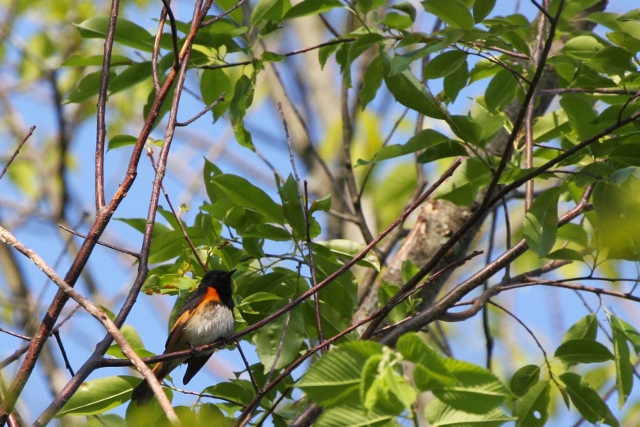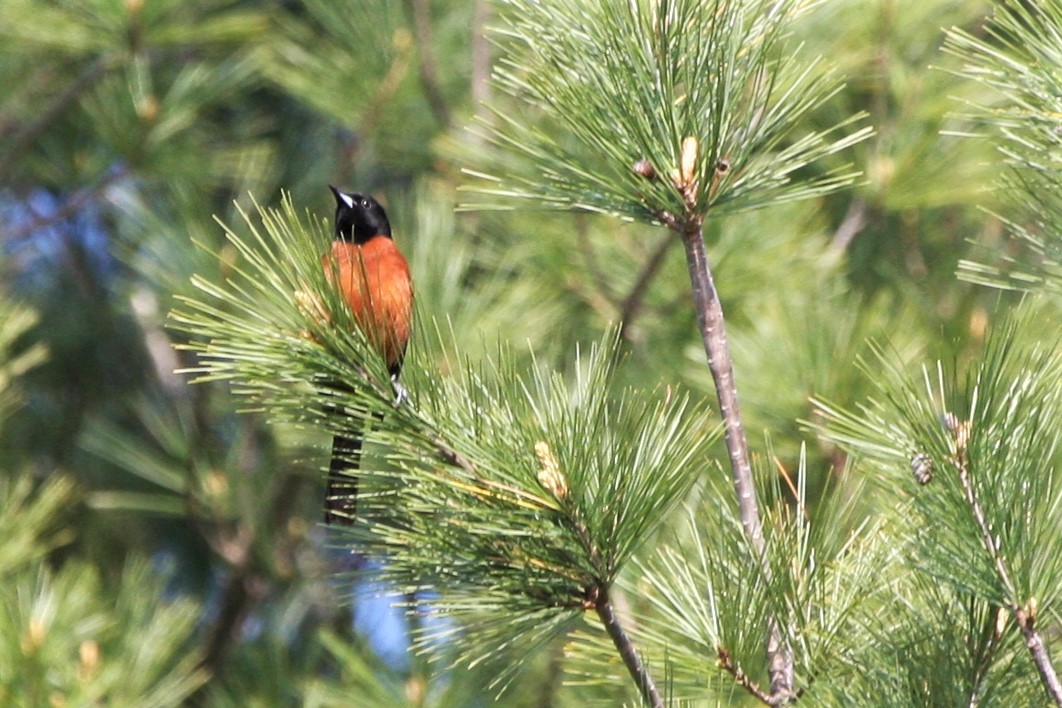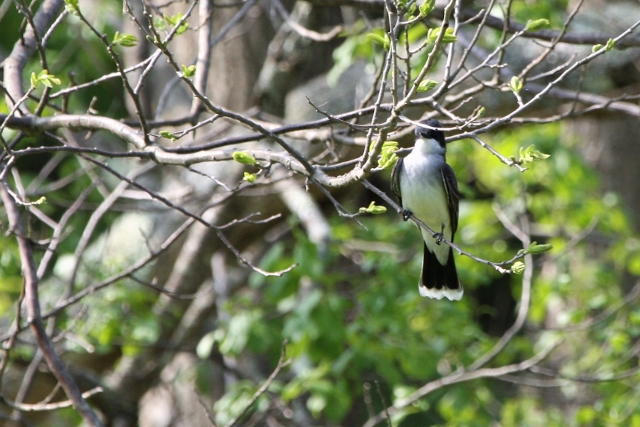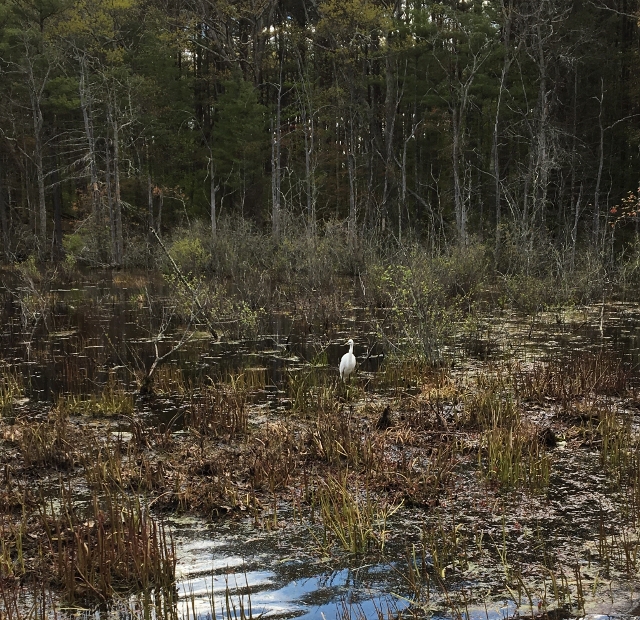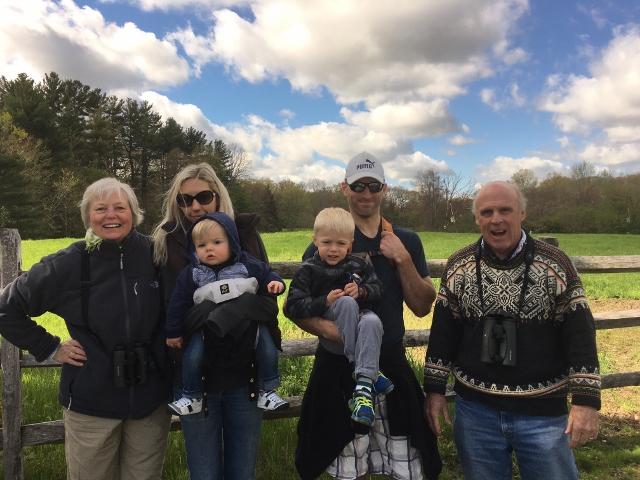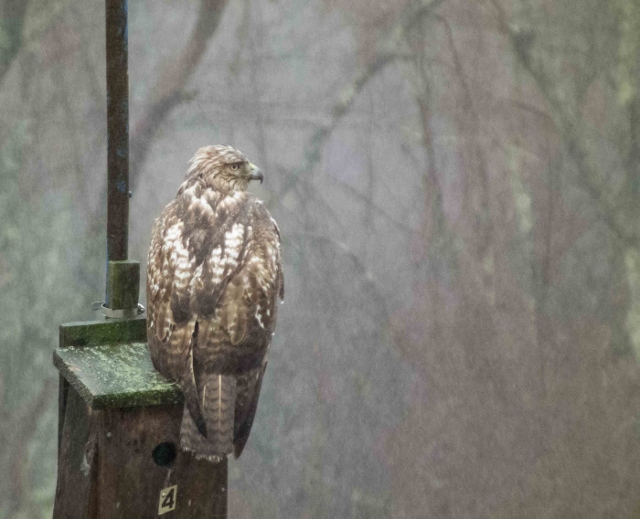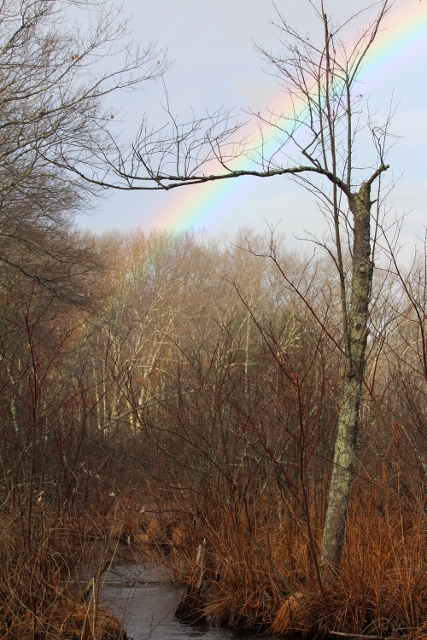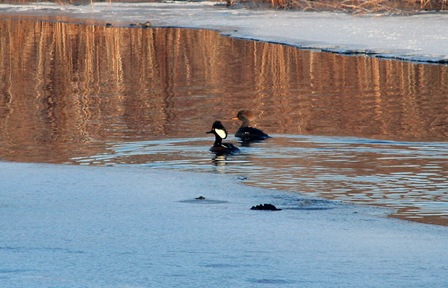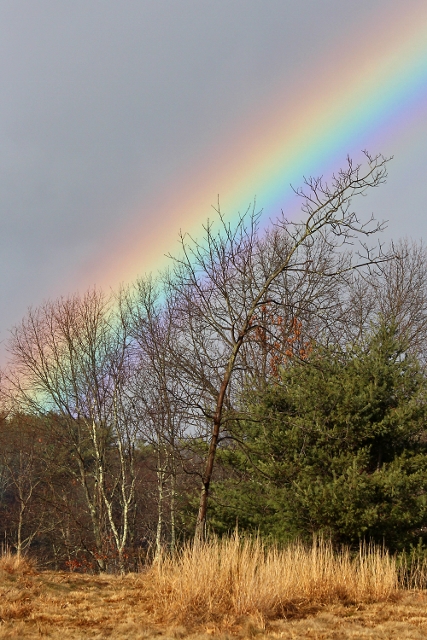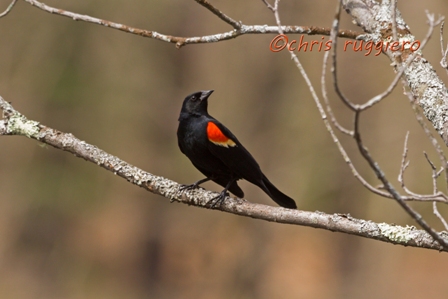Mushrooms , the fruiting parts of fungi, are everywhere thanks to the moist summer. Many are beautiful above-ground parts of the extensive network of mycelia underground.
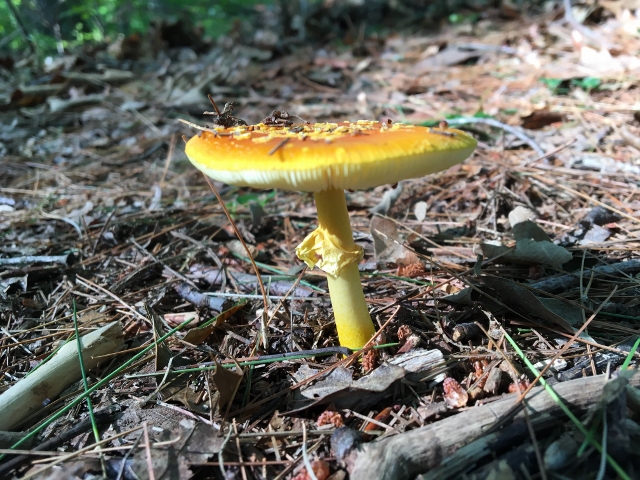
A favorite is Amanita muscaria, sometimes called fly agaric. They are found in association with pine roots. There are many stories about this mushroom. My favorite is its use as an insecticide in animal barns, powdered or ground up into a dish of milk, it is said to attract and kill flies.

Another common sight on the forest floor is a cluster of Indian pipes. While they lack chlorophyll, these are not fungi, but flowering plants. They are called saprophytes.
One trunk of this split tree is dead. Woodpeckers have excavated in search of insects like carpenter ants. The holes they leave may be occupied by birds that nest in cavities like tree swallows, black-capped chickadees,and house wrens. This one is a “multi-unit apartment”.
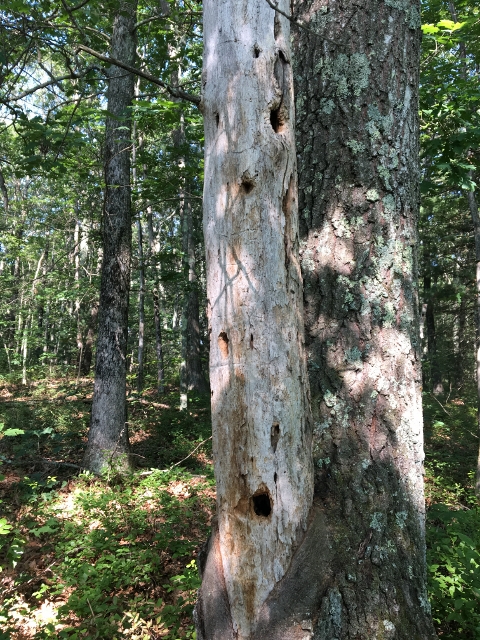
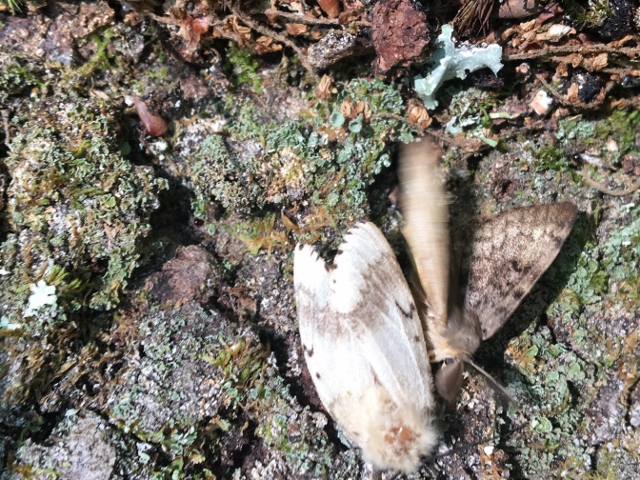
This week, gypsy moths were common in some parts of the sanctuary. The female on the left hatches from a pupa but doesn’t fly. She sends out pheromones which the male on the right detects using his feathery antennae. They mate and die after the female lays up to 600 eggs on a tree trunk. An excellent article in Mass Wildlife describes the life history and current outbreak of gypsy moths: Gypsy Moth Outbreak 2016
On some trees, these dead caterpillars hanging head down were likely attacked by the fungus that will eventually help keep the populations down.

Buttonbush is a beautiful native plant in flower on the edges of wetlands.
